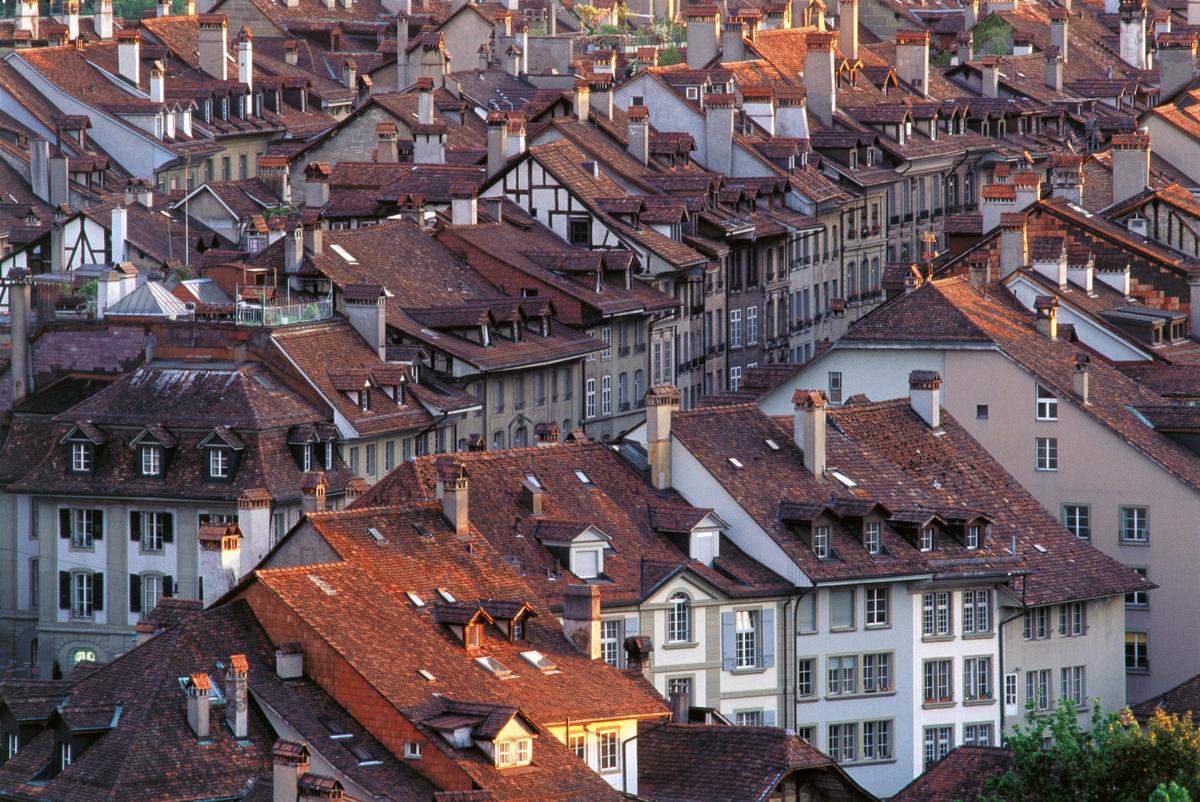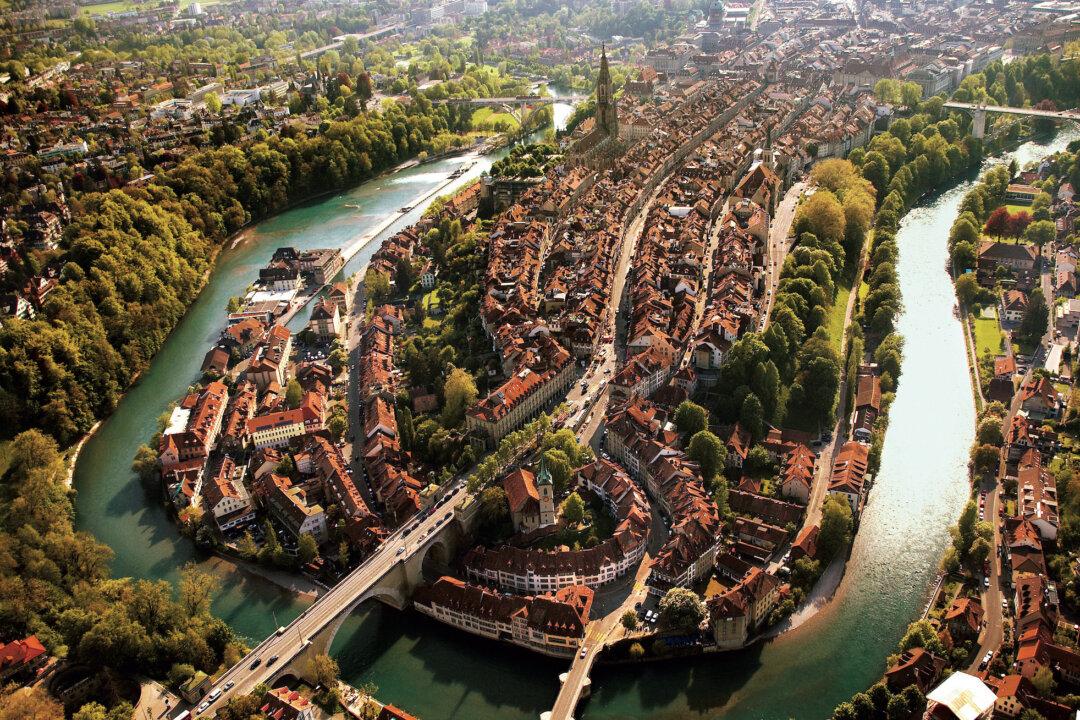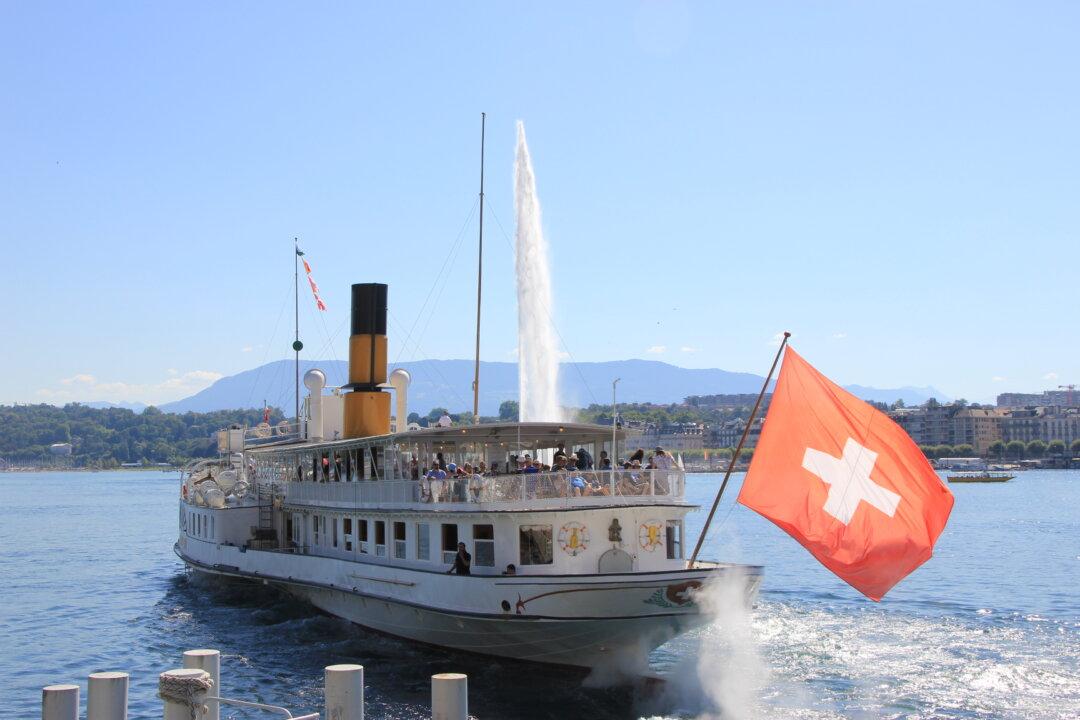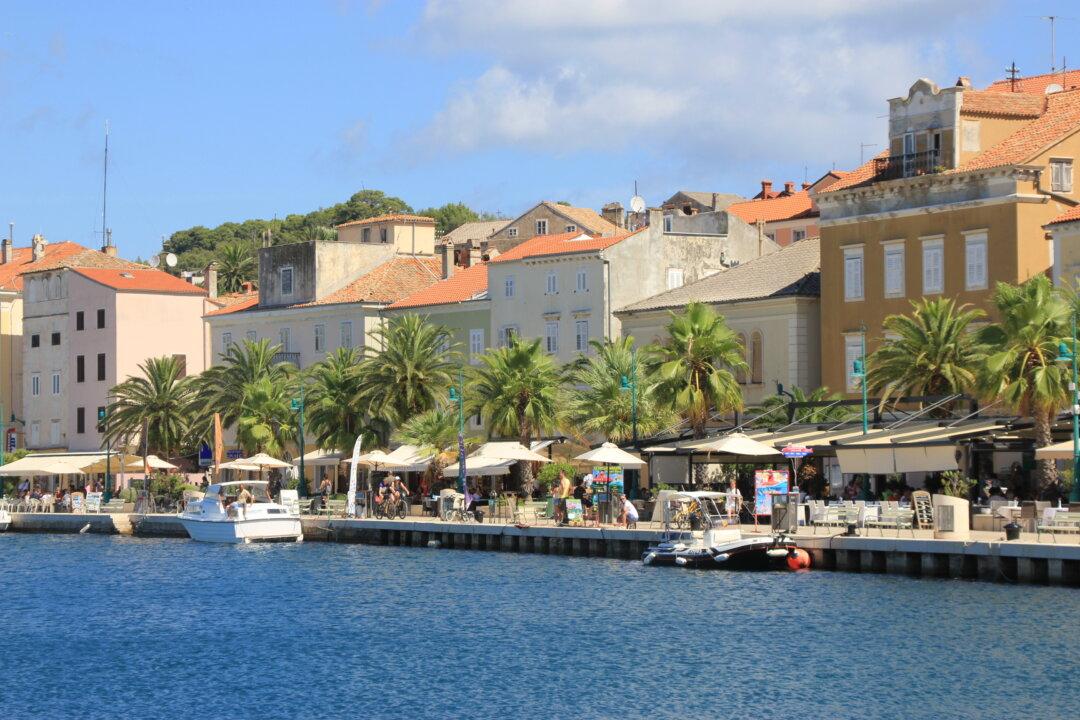The charm of Bern, the capital of Switzerland, hits you almost immediately upon arrival. Built on top of a steep-sided peninsula in a small bend of the glacier-fed Aare River, the city’s narrow cobbled streets, framed by gray sandstone arcades and oriel windows, have changed little in hundreds of years.

Rooftops of Bern. Max Schmid/swiss-image.ch





